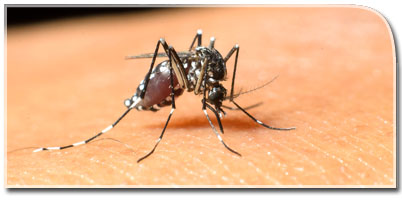Happy Holidays: Give the Gift of Joe
Ribbons, candles, bows and edible traditions. Whether you’re making your menorah shine bright this Hanukkah or trimming your Christmas tree with nostalgic ornaments, December is upon us which means the warm celebration of the holidays is quickly approaching. Here at Mosquito Joe, we value our relationship with each and every one of our customers and appreciate the business that continues year after year.
If you’re looking for a last-minute gift and want to share the satisfaction of mosquito, flea and tick treatments, give your family and friends a Mosquito Joe Gift Certificate. They make perfect stocking stuffers and are great for that hard-to-buy-for person on your list. If it’s the golfer who has every club and tee, the gardener with an arsenal of tools or the busy mom with 3 kids and a dog, a Mosquito Joe gift certificate is the perfect way to give the gift of outdoor fun to anyone on your list who just like us, prefers the great outdoors. And if they don’t love being outside, we can only imagine it is because they’ve never experienced a mosquito-free yard. Be the one to give it to them!
Looking for something that benefits you, too? Our Share the MoJo Referral Program is the best way to give your friends an itch-free yard while getting an account credit for your own future treatment.
Contact your local Mosquito Joe to inquire about Gift Certificates and our Share the MoJo Referral Program.
Happy Holidays from all of us a Mosquito Joe!
 Outside is fun again.
Outside is fun again.



